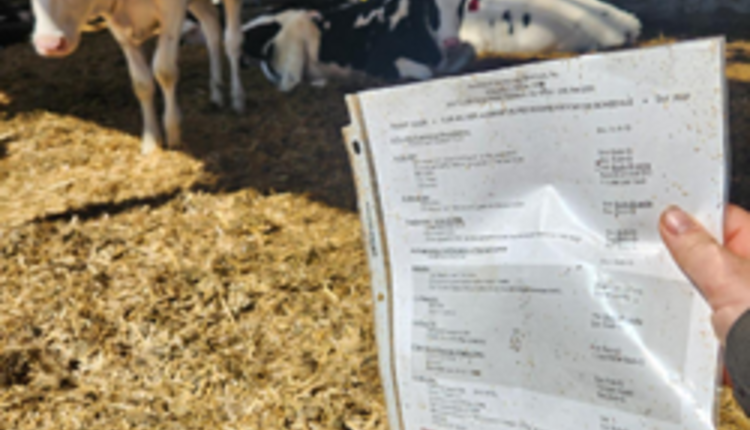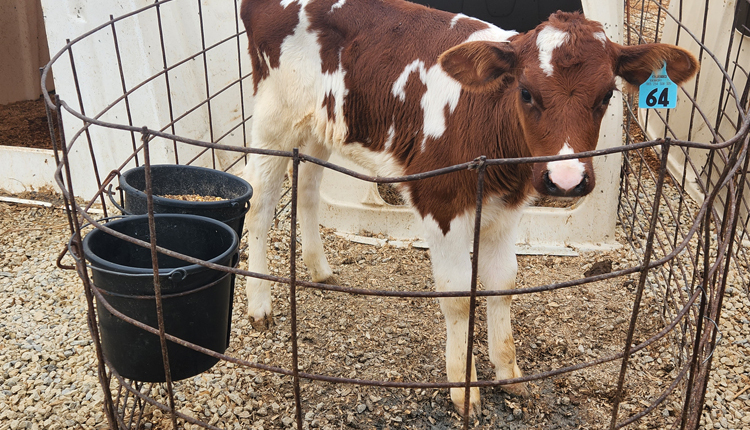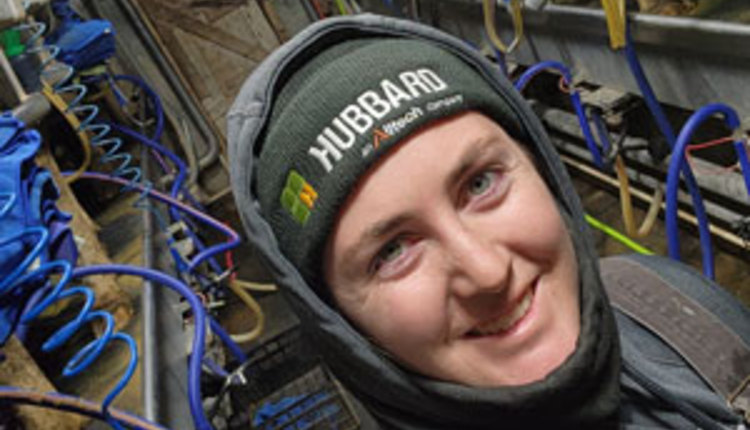 The old saying goes, "the first step to fixing a problem is knowing you have one." I would argue the second step is knowing what and how significant that problem is.
The old saying goes, "the first step to fixing a problem is knowing you have one." I would argue the second step is knowing what and how significant that problem is. According to Peter Robinson, extension specialist at the University of California-Davis, lameness results in reduced profitability based on lowered milk yields, higher veterinary costs and more culling. Although many farms use regular trimming and footbaths to bolster hoof care, monitoring hoof health by regular scoring is a relatively new way to examine the impact lameness has on a farm's bottom line.
Compilation of data from California dairies show even moderate lameness can cause a 3 percent decline in dry matter intake and a 5 percent reduction in milk yield. Severe lameness can reduce dry matter intake by as much as 16 percent with milk yield negatively affected by 36 percent. Additionally, lameness accounted for 4.7 percent of culls in United States dairy herds as recorded by DHIA figures.
So does your farm have a lameness problem?
Robinson suggests producers monitor feet and leg health with locomotion scoring to quantify the economic impact of lameness on an operation. The system he recommends was developed in 1997 by researchers at Michigan State University and uses a 1 to 5 scale.
- Normal - Cow stands and walks with a level back. Gait is normal.
- Mildly lame - Cow stands level backed, but develops arched back to walk. Normal gait.
- Moderately lame - Arched back is evident while standing and walking. Gait is short strided.
- Lame - Arched back is always evident and gait is one deliberate step at a time. Cow favors one or more legs/feet.
- Severely lame - Cow demonstrates an inability, or extreme reluctance, to bear weight on one or more limbs/feet.

The author is the Special Publications editor. She is responsible for development and marketing of books and plans, as well as coordinating internal communication pieces. Maggie was raised on a 150-cow dairy near Valley Center, Kan. and graduated from Kansas State University with degrees in agricultural communications and animal sciences.











